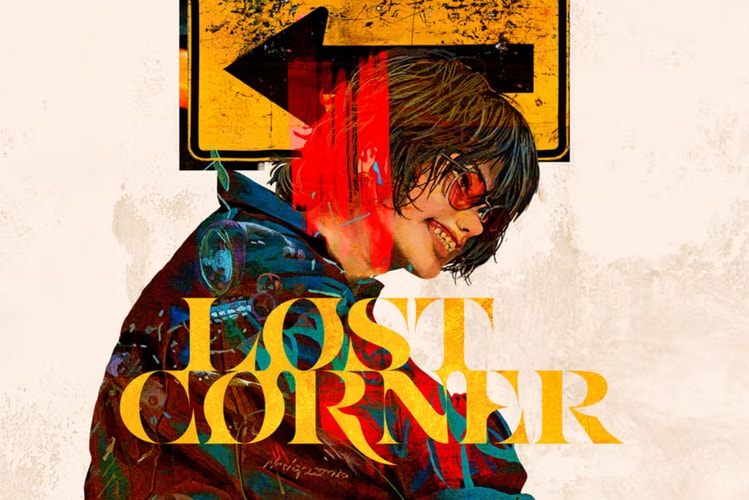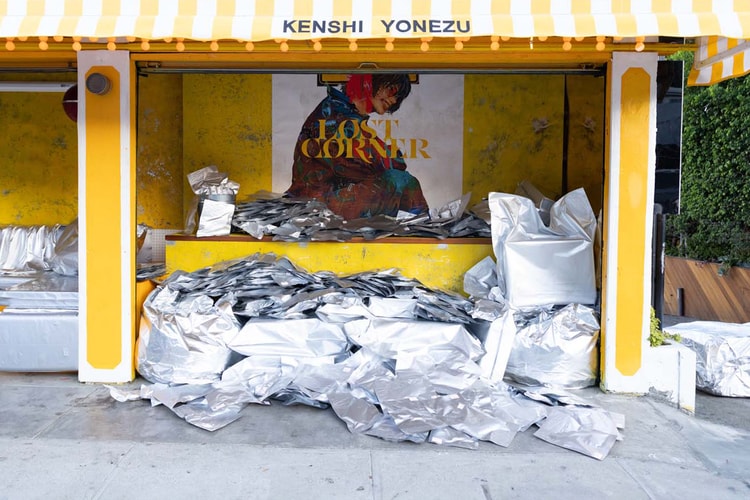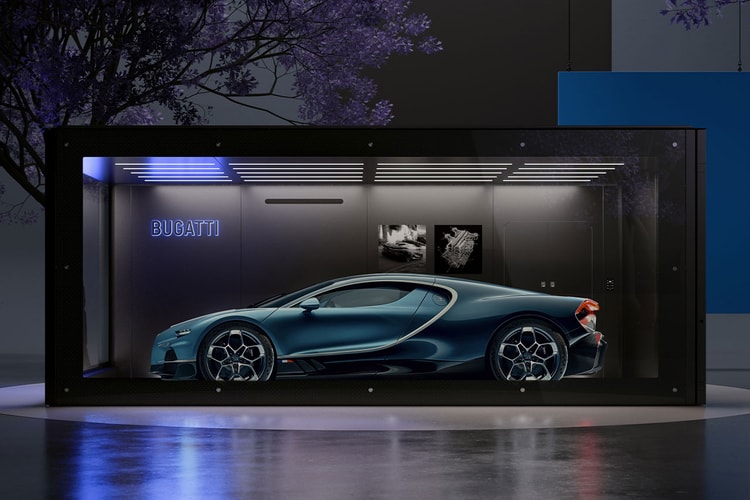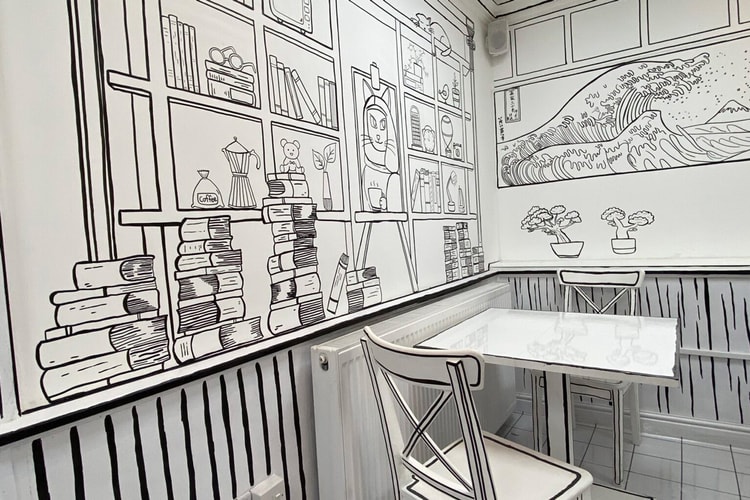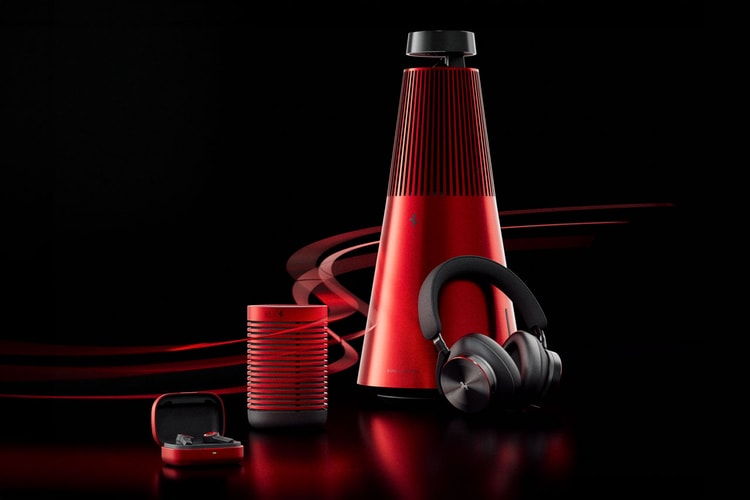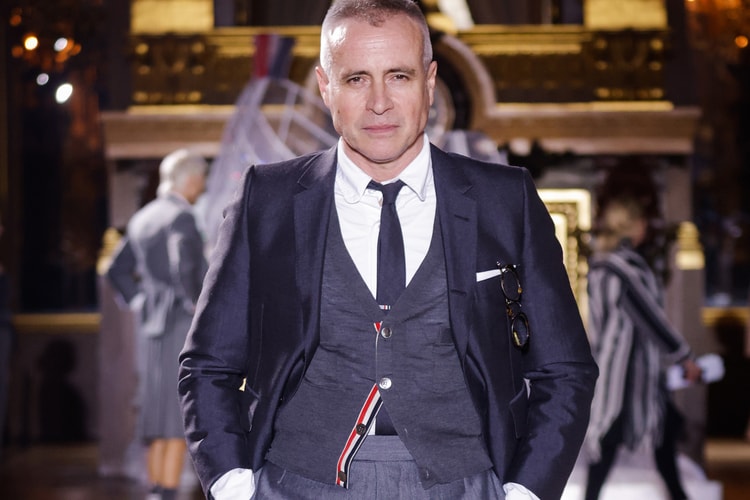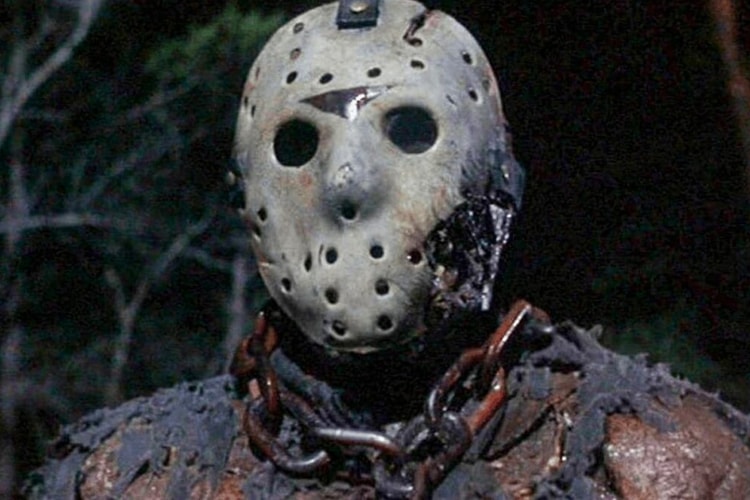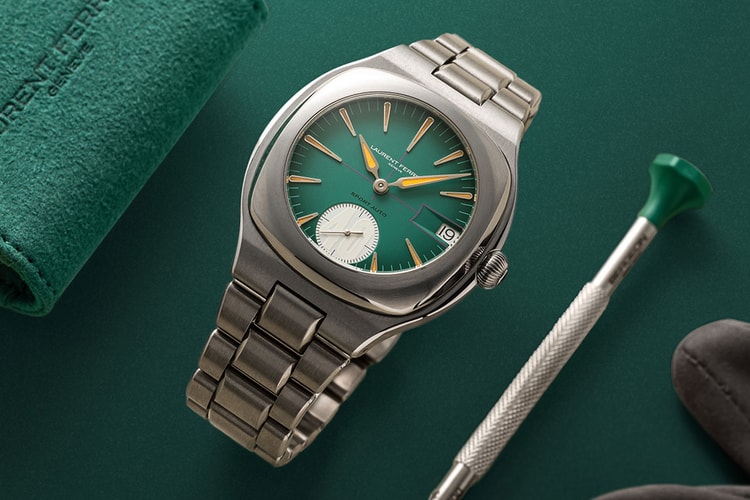For Kenshi Yonezu, Hayao Miyazaki Is Both a Teacher and Father-Like Presence
The Japanese singer-songwriter opens up on his ‘The Boy and the Heron’ journey, his thoughts on meeting Hayao Miyazaki, and the ideas behind the theme song, “Spinning Globe.”

For Kenshi Yonezu, Hayao Miyazaki Is Both a Teacher and Father-Like Presence
The Japanese singer-songwriter opens up on his ‘The Boy and the Heron’ journey, his thoughts on meeting Hayao Miyazaki, and the ideas behind the theme song, “Spinning Globe.”
Hayao Miyazaki’s highly-anticipated animated feature, The Boy and the Heron officially made its debut this summer. With no promotional materials released prior to the premiere, everything regarding the film from the cast, and storyline to its soundtrack and theme song were all shrouded in mystery before then. The Boy and the Heron is what brought the legendary director, Hayao Miyazaki out of retirement, and is said to be his final film. Undoubtedly, it’s a piece of cinema that carries weight for both the filmmaker and his acclaimed Ghibli studio.
After opening in Japan, the theme song was one of the first pieces of information about The Boy and the Heron to be unveiled. Written and performed by Kenshi Yonezu, one of the most influential music artists in Japan right now, “Spinning Globe” is a bittersweet and melancholic ballad dedicated to the film. In an exclusive interview with Hypebeast, Yonezu details his experience from the project, and his encounters with Hayao Miyazaki, while sharing insights about the songwriting process of “Spinning Globe.”
What was your initial response when asked to create the theme song for the film?
Astonished – I can’t describe the feeling in any other way. First of all, I couldn’t help but wonder, “Why me?” And then I later found out about the story behind Mr. Miyazaki’s decision.
It all started when he heard “Paprika” – a track I wrote and composed for Foorin back in 2018. One day, at the nursery school run by Ghibli, the children were singing and dancing to “Paprika” on the radio, and Mr. Miyazaki was actually singing along with them. Mr. Toshio Suzuki then suggested to Mr. Miyazaki, “How about asking the person who made this song to create a theme song for us?” And Mr. Miyazaki simply replied, “That’s a good idea.”
I actually wrote “Paprika” with Mr. Miyazaki’s films in mind. The fact that he heard it, and even triggered him to reach out to me to create the theme song for The Boy and the Heron is truly something very profound to me.
“In my childhood days, Mr. Miyazaki’s films have saved my life. I started looking up to him as a mentor during my adolescence. ”
Can you tell us what your first meeting with Hayao Miyazaki was like?
It was about four years ago when I was approached to work on the theme song for The Boy and The Heron. A storyboard was given to me, which I had to read through before meeting up with Mr. Miyazaki for a discussion in person. And that’s when he told me about the core philosophy behind the project. He said, “I’ve made all sorts of films in my life, but this time I’m finally lifting my inner “lid.” I’ve lived with this lid all my life, it’s something that covers the darkness and chaos inside me. But this time, I’m discarding all of that – I’m channeling everything into this film, including the parts that I feel anxious about and have never tapped into before.”
He also mentioned to me how strongly he remembered the sense of darkness and ambivalence from his childhood, where he wondered whether he deserved to live in this world at all. Through his films, he wishes to convey messages that are more uplifting to respond to his uncertainties, telling himself that “it’s okay to live” and that “this world is worth living in.”
These are things I’ve heard from Mr. Miyazaki’s books and interviews before. Yet this time, these words are coming straight out of his mouth to my ears. He was filled with emotions, and a few tears were shed as he talked. That meeting left a very powerful impression on me, and I was moved.
Would you say that Miyazaki’s works have impacted you in any way?
In my childhood days, Mr. Miyazaki’s films have saved my life. I started looking up to him as a mentor during my adolescence. To me, he really feels like a master figure. Now that I finally get to work with the master himself, I told myself I must take home every single move, deed, and word he utters while he’s right in front of me, face to face, and seated at the other side of the table. Looking back to the start of my meeting with him, I was strained with tension as I was trying too hard to impress and look “big” in front of him.
“Rather than piling over layers of different instruments to try and produce an extravagant sound, I knew I wanted the song to be simple, with just my voice, the piano, and minimal arrangements.”
In the early stages of the project, what was the kind of sound you initially wanted to create? And did that initial idea change during the songwriting process?
For “Spinning Globe,” my focus was set as soon as I read the storyboard. My initial idea was to create a Scottish folk-tune type of sound, as I’ve always felt a sense of connection between Mr. Miyazaki’s movies and Scottish folk songs.
Rather than piling over layers of different instruments to try and produce an extravagant sound, I knew I wanted the song to be simple, with just my voice, the piano, and minimal arrangements. It should be timeless, something that sounds retro at the beginning, but in a format that can be listened to for a long time – all of which have remained my focus for the track since the beginning.
You already have a number of theme songs for big anime films and projects under your name, but what is it like to work with such a renowned studio and legendary director?
In my head, I revisited the questions “What are Ghibli films?” and “What does Mr. Hayao Miyazaki mean to me?” many times. Then it dawned on me that I don’t actually have anyone whom I can call a teacher or a master. Whether it’s art or music, I never really experienced an epiphany from being taught by someone. In a way, I was seeking for a master-like figure in Mr. Miyazaki, both as a great teacher and a father-like presence.
When I look back on all the Ghibli films he produced, they were always full of celebrations. Meanwhile, his books are filled with poignant remarks. So his words both deny and reassure me, thus telling me that “It’s okay for you to live” in a way. I started to think recently, that maybe somewhere in my subconscious, I might have been seeking that sort of fatherliness in him all along.
In the past four years, while working on this project, I’ve felt immense honor while also pondering whether my career as a musician might be coming to an end – such juxtaposing emotions have created a whirlwind in me the whole time.
I don’t know what life has in store for me from now on, but I’m sure I will never feel more honored than I did with this project. I was involved in this movie, exchanged conversations with Mr. Miyazaki, and here I am with the track “Spinning Globe.” This is the best honor I can ever get in my opinion, and it’s all because I’ve watched his films and have regarded him as my mentor throughout the majority of my life.
“The globe feels as if it’s filled with the essence of his life’s works, hence why I included the “like a spinning globe” passage in the lyrics.”
What inspired you to name the track “Spinning Globe?”
The song title, “Spinning Globe,” actually came to me while I was watching a making-of video of Ponyo. In the documentary, Mr. Miyazaki was painting a scenery of the studio’s neighborhood. He was using watercolor paint and a spinning globe was the canvas. As he explained in the video how he could obtain an interesting three-dimensional view of his neighborhood by doing so, that entire scene was very memorable to me.
Mr. Miyazaki has created imaginary worlds with his films, and watching him run a paintbrush over a spinning globe really gave off the sense that he has been creating a small world of his own all this time. The globe feels as if it’s filled with the essence of his life’s works, hence why I included the “like a spinning globe” passage in the lyrics. From that, I instinctively thought of using “Spinning Globe” as the title.
Did you experiment with new techniques or instruments for this track?
I wanted to go through an elaborate production process for this song, and I even made the demo at a proper recording studio. Although it feels like an official recording, I was actually experimenting with different instruments at the time. The mic wasn’t fixed in place properly, and even the creaking sound from the piano pedal was recorded into the demo track.
When it was time for the actual recording, I went to a different studio to try on different pianos. But still, I couldn’t wipe away the feeling that nothing could beat the first piano I recorded on with that creaking pedal. I ended up recording the song at my co-arranger, Yuta Bandoh’s family home, and on a very ordinary piano inside a regular house without professional soundproofing. We set up a mic in Yuta’s childhood bedroom and recorded the song on the piano that his mother used to play on. The piano wasn’t maintained regularly, but the texture and timbre felt the best to me at the time.
Did you face any challenges during the songwriting process?
The lyrics were the hardest part for me – I couldn’t figure out where to start and struggled with it until the very last minute. I thought the film would solely revolve around what Mr. Miyazaki had told me at our first meeting. I was aware the whole time that it’s basically impossible to summarize the entire story in one song, but how should I go about it?
Later on, I came to think that the only way to make sense of the lyrics was to focus on the relationship between the two main axes of my journey within the project. I see myself, who had grown up watching and enjoying Ghibli movies, now gazing at the back of Mr. Hayao Miyazaki, the creator, as he’s crafting these stories.
Despite the film’s name in Japanese being How Do You Live?, my stance as the songwriter was to deliver the message that “I have lived my life this way”, or even, “This is how I will keep going on with my life.” The only way for me to make this song was to recapture Mr. Miyazaki in that sense and turn it into music and lyrics.
Having said that, this song certainly isn’t created on personal matters. I dedicated it as a theme song to the film, and it’s intended to project the main character’s journey and story.
Can you tell us what it was like when you presented the final version of the track to Hayao Miyazaki?
On the day I presented the song to Mr. Miyazaki, I felt like I was a criminal on death row. “Do I have to be here?” I thought to myself. As we sat down at the table, and listened to “Spinning Globe” from the speakers, Mr. Miyazaki started shedding tears in front of me. That was the most incredible moment for me during the four years of this project, and also an experience that I will cherish for the rest of my life.



